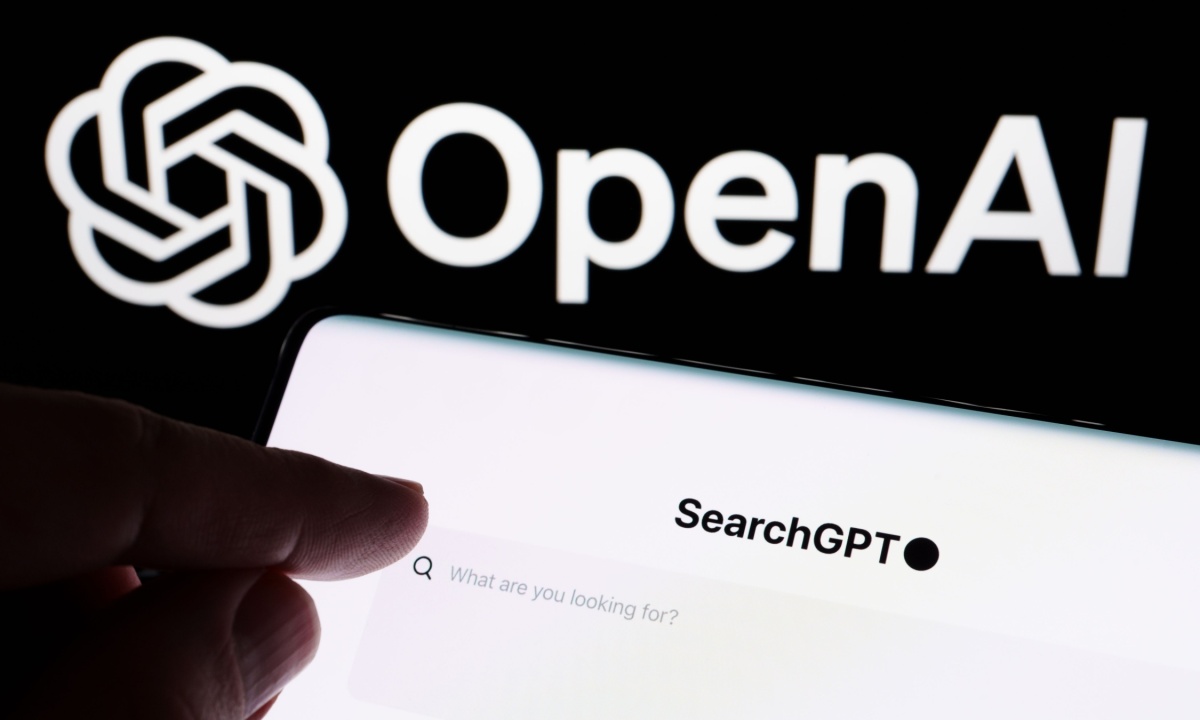Bussiness
Boeing’s new CEO is taking on the ultimate management test
- Boeing’s still-new CEO, Kelly Ortberg, faces urgent challenges, including a worker strike.
- Ortberg has to address decades of management issues and concerns from customers, workers, and investors.
- Ortberg is focusing on communication, trust, and future innovation at Boeing to get the company on the right path.
Kelly Ortberg took the helm at Boeing with no time to spare.
Just two months in and he is grappling with striking workers, multi-billion-dollar losses, and a corporate culture gone adrift — all while trying to create a plan to one day develop a new aircraft.
Unlike the lucky new CEO who gets to walk factory floors and office hallways before pulling big levers of change, Ortberg faces pressure to do as much as he can quickly to correct course after more than two decades of misfires by five previous CEOs.
Ortberg, who started in August, is trying to set expectations.
“I’m still in the process of traveling around, meeting our people, particularly two and three levels down,” he said during an investor call Wednesday. “We just have to get everybody in the right position, running the right play, focused on the right thing, and I think we’ve got some work to do there.”
The pressure to perform is significant. On Wednesday, the company reported a loss of $6.1 billion for the third quarter. The same day, the machinists’ union again rejected a company proposal that would have delivered a 35% pay increase over four years. According to one group of analysts, the strike has cost the company $50 million a day.
Ortberg, in a letter released to employees along with the company’s third-quarter results, said Boeing’s customers want — and need — the company to succeed.
“With the right focus and culture, we can be an iconic company and aerospace leader once again,” he wrote.
The letter offered a reminder that Ortberg has to balance pressures from workers, investors, and Boeing’s customers. In the case of the company’s commercial business, which builds aircraft for airlines, that ultimately means the flying public.
Bill George, the former CEO of medical device maker Medtronic and an executive fellow at Harvard Business School, told BI that Ortberg has to tackle short-term challenges like the worker strike and shoring up cash flow while also making “bold decisions” for the long term.
“He can’t just do one or the other,” George said.
Restoring a culture of safety
George said that while the company’s commercial, defense, and space businesses each face challenges individually, the broader issue that needs prioritizing is restoring a culture of safety after high-profile failures.
“That’s the most important thing he’s got to do, but that will take time,” George said. He estimates fixing the culture and quality concerns might take three to five years and even longer to embed them deep within the company.
George said Ortberg’s background as an engineer — and not being a finance type who previously ran the company — should help on the communication front with many of the company’s workers.
“They know if you know what you’re talking about or not,” George said. “If you don’t, they don’t have any confidence.”
He added Ortberg’s decision to move to the Seattle area, unlike prior chiefs, was wise. The company has deep roots there, particularly in its commercial business.
“You need to have the whole top team in Seattle and run it out of there,” George said.
Rebuilding trust with employees
Rosalind Franklin, a partner in the global leadership consulting practice at the executive search firm Boyden, told BI that to build trust and be most effective, Ortberg needs to sound a note that is “both vulnerable and yet strong” without being deceptive.
She said that means being open about “the hurt” that the company’s recent decision to cut 10% of its workforce will cause. Ortberg needs to “communicate honesty and acknowledge the fact that this is a really difficult time for the company,” Franklin said.
“When you feel that the CEO is with you, and the CEO is feeling your pain, it makes it more tolerable and provides hope for the future,” Franklin said.
The need to convey empathy is greater than before the pandemic, she said, because many workers have come to expect more from their leaders.
Franklin said that doesn’t mean shying away from tough decisions.
“You can’t give up what you know you need to do. It’s not what you do, it’s how you do it,” she said.
Leading from the front
Jeffrey Sonnenfeld, senior associate dean for leadership studies at Yale School of Management, told BI that “usually, the advice we would give someone is not to do too much too soon.”
In this case, he said, Ortberg doesn’t have much choice but to try to fix the problems with labor, with the company’s “precarious” financial situation, and with regulators’ concerns.
Sonnenfeld, who’s also the founder of Yale’s Chief Executive Leadership Institute, said the task before Ortberg is similar to those once faced by General Motors CEO Mary Barra and Alan Mulally, the former chief at Ford who once ran Boeing’s commercial division.
Like Boeing, Sonnenfeld said, both GM and Ford are complicated industrial businesses that sit prominently in the public eye. When the automakers’ respective CEOs had to wrest their companies from crises, both made “really bold” public statements and were highly visible, he said.
“They banked a lot on the character of leadership and demonstrated it with accountability and visibility with really good follow-up,” Sonnenfeld said.
In his letter, Ortberg encouraged senior leaders to close the distance between those in management and those closest to the manufacturing process. “We need to be on the factory floors, in the back shops and in our engineering labs,” he wrote.
That type of leadership “shows an accountability, shows an accessibility,” Sonnenfeld said. “It shows a transparent and less formal style, and that’s long past due.”
A clear plan for the future
George, the former Medtronic chief, said one step Ortberg could take to start restoring confidence and getting people excited about the future would be to announce a program for a new single-aisle aircraft redesigned from scratch.
“I think he must do that,” George said.
A new aircraft could leapfrog older designs that he said haven’t kept pace with advances in jet engine and avionics in recent decades.
Ortberg alluded to such a future in his letter. He wrote that the company has to fix its balance sheet “so that we do have a path to the next commercial aircraft.”
Richard Aboulafia, an aviation industry analyst who’s a managing director at AeroDynamic Advisory, told BI that it’s essential to talk about what’s coming. He said Ortberg also needs to make clear that the planned job cuts won’t compromise safety, add to delays in the company’s defense business, or shortchange future product development.
“He has to reassure investors and everyone else that the situation is stable and also reassure the industry that they’re prepared to invest in the future,” Aboulafia said. “It’s tough to thread that needle.”









